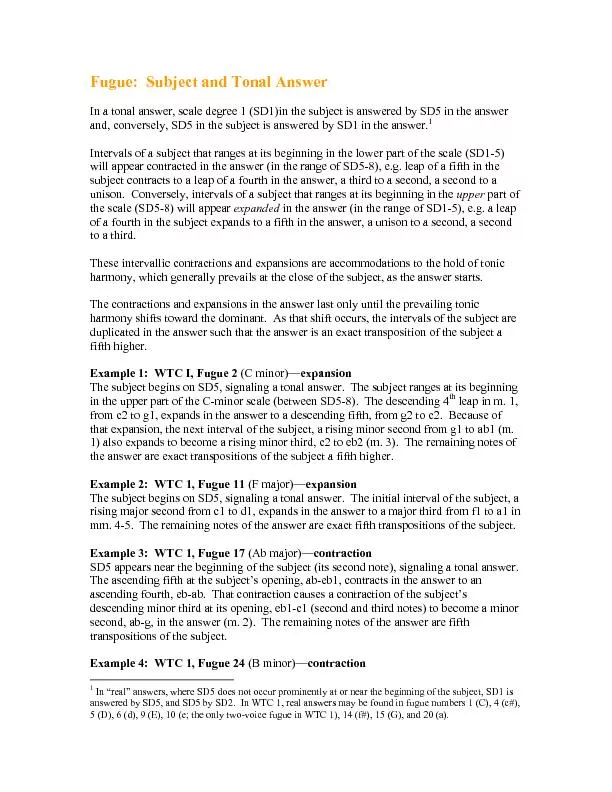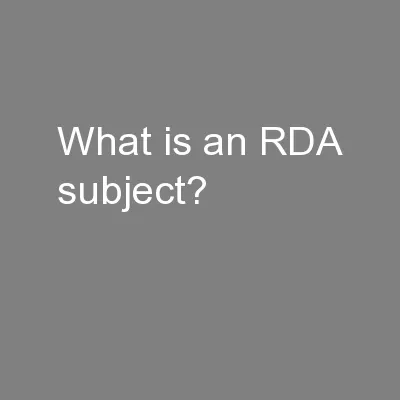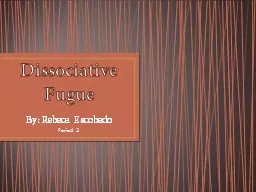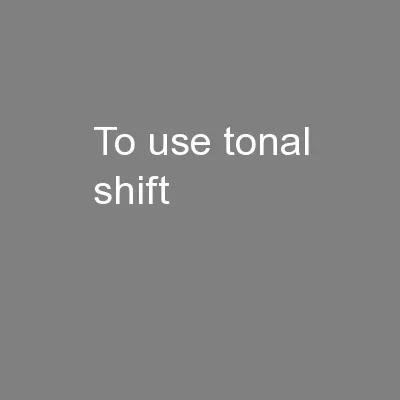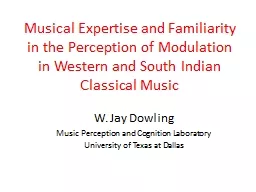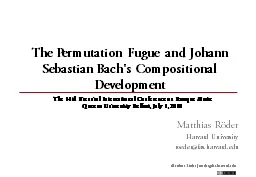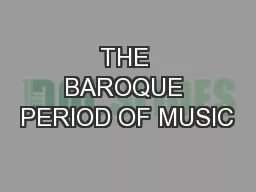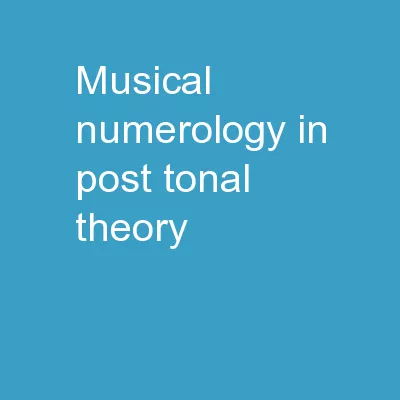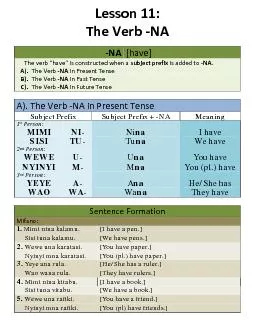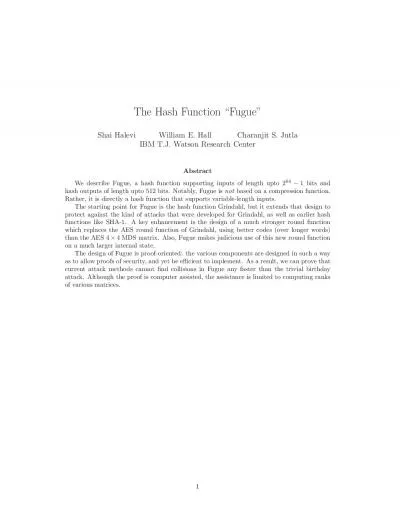PDF-Fugue: Subject and Tonal Answer
Author : faustina-dinatale | Published Date : 2016-06-07
In a tonal answer scale degree 1 SD1in the subject is answered by SD5 in the answer 1 Intervals of a subject that ra These intervallic contractions and expansions
Presentation Embed Code
Download Presentation
Download Presentation The PPT/PDF document "Fugue: Subject and Tonal Answer" is the property of its rightful owner. Permission is granted to download and print the materials on this website for personal, non-commercial use only, and to display it on your personal computer provided you do not modify the materials and that you retain all copyright notices contained in the materials. By downloading content from our website, you accept the terms of this agreement.
Fugue: Subject and Tonal Answer: Transcript
Download Rules Of Document
"Fugue: Subject and Tonal Answer"The content belongs to its owner. You may download and print it for personal use, without modification, and keep all copyright notices. By downloading, you agree to these terms.
Related Documents

